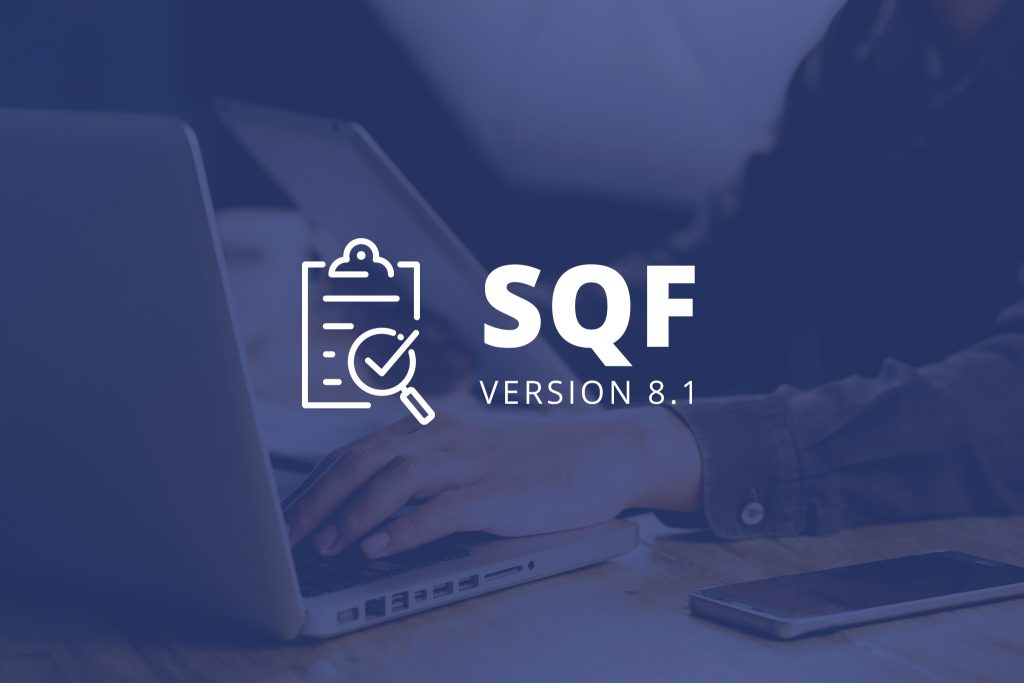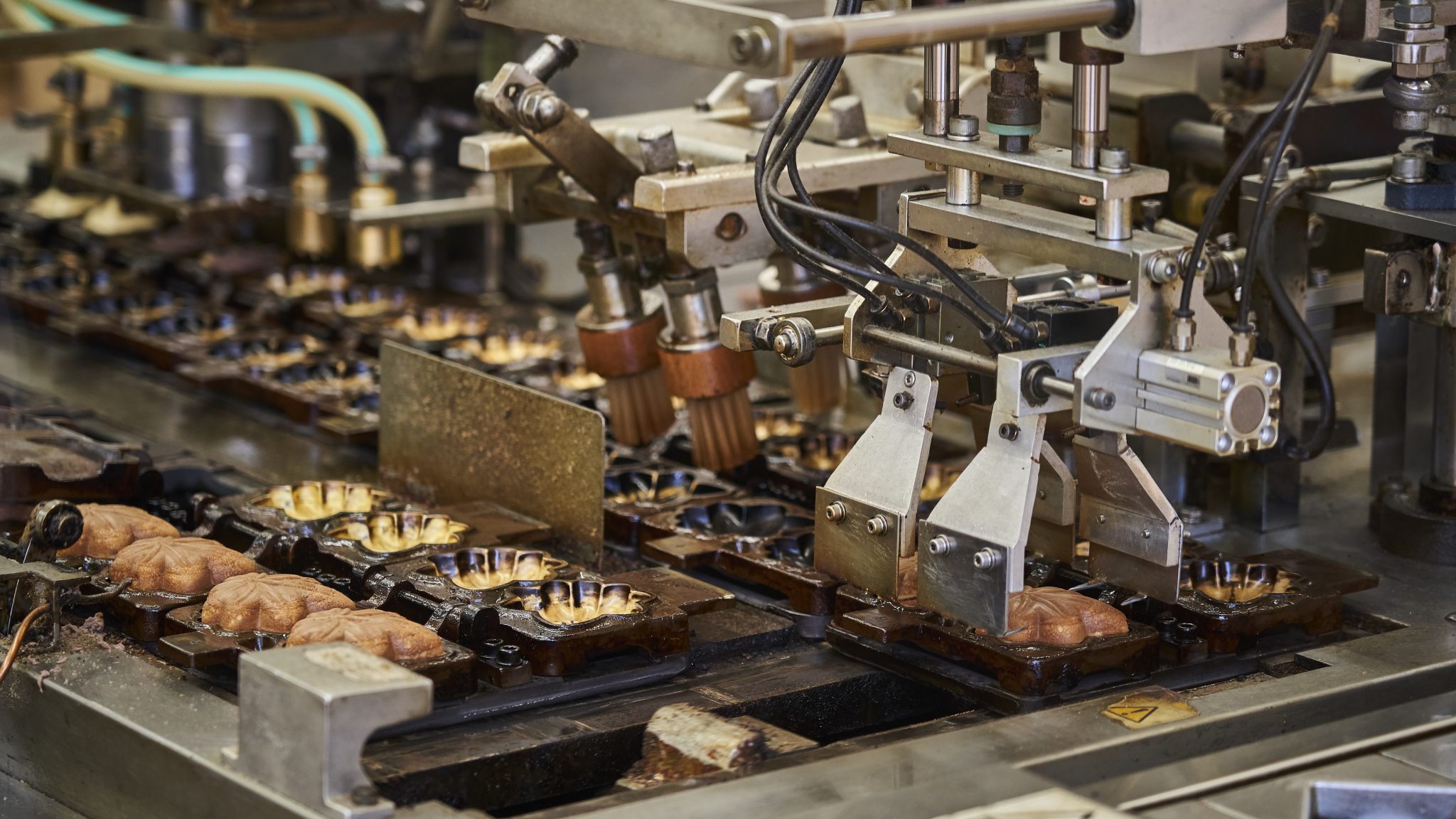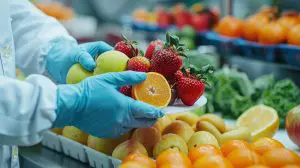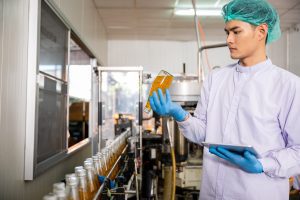NEWS UPDATE:
* Edition 8.0 Audits will continue to be in effect until September 30, 2019.
** From October 01 on, audits will be conducted under the SQF Code, Edition 8.1
Learn more at sqfi.com
SQF Institute Professional Update
SQFI just announced in their July newsletter that the SQF Food Safety Code Manufacturing version 8.1 will be implemented on September 2nd, 2019. Sites that are already certified to version 8.0 should not worry as the updates are minor, mainly “formatting, grammar, and content clarification fixes.” They should nonetheless review the revised SQF code and ensure that their food safety system reflects clause numbering changes. A list of SQF code revisions is available here.
The next major revision of the SQF food safety code will take place at the end of 2020 when version 9.0 is published. This update will incorporate new GFSI benchmarking requirements such as measuring the site’s level of food safety culture.
The SQF Professional update of July 17, 2019 provided an overview of the current performance of the global food safety certification scheme, version 8.0. With a strong presence in the United States, SQF continues to be most popular with the baking and snack sector and food ingredient industry. Storage and distribution centres and packaging manufacturers are topping the list of certifications this past year. These businesses are seeking food safety recognition, a sign that supply chains are becoming more robust, integrated and committed to consumer safety.
The latest SQF audit statistics reveal interesting insights about the implementation of the Food Safety Code version 8.0. Topping the list of major non-conformities (NCs) are citations against Food Safety Plan requirements. The SQF food safety code now requires a more detailed food safety plan that includes a risk assessment of raw materials, ingredients, processing aids and process steps. In addition, employee traffic patterns, waste and rejected product flows must also be assessed for food safety risks. The site’s food safety plan must be compliant with the Codex HACCP standard and address the seven HACCP principles. In addition, version 8.0 includes a new clause: 2.4.3.17 which states that “Where food safety regulations in the country of production and destination (if known) prescribe a food safety control methodology other than the Codex Alimentarius Commission HACCP guidelines, the food safety team shall implement food safety plans that meet both Codex and food regulatory requirements.” In the US, this requirement makes reference to the Food Safety Modernization Act (FSMA). Under the US FDA preventive controls rule (human food), a Preventive Control Qualified Individual or PCQI must develop, verify and oversee the implementation of a Preventive Control Plan. This plan will include additional requirements that are not typically addressed in a Codex HACCP plan. Based on our experience, food manufacturing and warehouses that manufacture or repack food to be consumed in the US achieve the best SQF audit outcome when they maintain 2 separate plans (one Codex HACCP plan and one US FDA PC Preventive Control).
Other top NCs identified in the SQFI report include Building and Equipment Design requirements and Foreign Material Detection requirements. The latest iteration of the food safety code for food manufacturing requires that a standard be defined for food contact surfaces (“equipment, utensils and protective clothing”). The food processing and storage environments must be controlled and evaluated for Hazardous Extraneous Materials (HEM) that may pose a physical hazard and lead to food contamination and consumer injury.
A look at recall data for the last year indicates that 32% of SQF certified sites have recalled products due to undeclared allergens. This is in line with government reports on food recalls in North America. Enforcement of food labeling regulations remain a top priority of regulatory bodies and research shows that the use of the wrong labels during packaging is one of the leading causes warranting food recalls. A strong allergen control program including adequate Allergen Preventive Controls is key to ensuring that existing and newly introduced allergens are properly identified and controlled in the facility.
The second reason for recalling manufactured foods is the presence of foreign materials (28% of recalls). SQFI reports that past recall data suggest that foreign material contamination most affected the processing of manufactured meats and poultry.
Lastly, SQFI surveyed certified sites and inquired about their interest in becoming Select Sites, sites subject to unannounced audits at any time. Half of respondents (100 in total) expressed a willingness to go this route, a testament to the sites’ audit readiness and accountability in ensuring safe manufacturing practices.
New to SQF?
We have put together some resources for companies who are new to SQF and want to become certified. Please refer to our certification process map for further detail. As you can see, becoming SQF certified and implementing a food safety management system is a multi-step process. The first step is to become familiar with the SQF code and its application in a food manufacturing and storage environment. We recommend that you first consult the SQF guidance documents issued by SQFI. The purpose of the guidance documents is to provide an interpretation of the SQF code and assist businesses with developing, implementing and maintaining their written Food Safety Program. Furthermore, purchasing a set of SOP templates such as the Sirocco SQF Bundle will provide one example of a written and concise SQF manual that can be readily trained and implemented in the facility. The program may be edited to reflect a site’s organizational structure or processes that require step-by-step instructions. Given the scope of SQF, we recommend that small companies develop a lean food safety system that is easy to update and maintain. Sirocco’s SQF Bundle counts over 90 documents, 50 of which are complimentary form templates to meet recordkeeping requirements.
The SQF food safety code also requires that specific risk assessments be conducted, namely the food safety plan and the food fraud risk assessment/mitigation plan. These programs are technical and specific to your products, process and site and will not be available in a typical SQF document package. You will need to receive training on developing a HACCP or/and US FDA Preventive Control Plan (US market) in order to be compliant. You can also request the assistance of a food safety consultant to meet these additional SQF requirements. Refer to the e-shop for more information.
Once your written program addresses all SQF document and recordkeeping requirements, you will then be able to schedule the 2-part certification audit. You will first undergo a desk audit followed by a facility audit. In order to best prepare for the certification audits, we recommend that you perform a gap assessment. The assessment is performed against the SQF code and aims at identifying missing documents/programs/training or facility non-conformities. Once your SQF facility audit has been completed and gaps corrected, you will receive an audit report and a list of nonconformities (NC) requiring follow-up. For each NC, you must apply the corrective action process to identify the root cause and implement a corrective action plan. The gap assessment and the writing of corrective action reports can be facilitated by a certified SQF consultant.
When the SQF food safety certificate is issued, the site is officially certified. The site’s main objective moving forward will be to maintain the SQF program and manage change. One of the biggest challenges at this stage is to ensure that a competent and trained SQF practitioner is consistently leading and maintaining the SQF food safety program. Ensuring that key positions have back-ups and providing training will be critical in remaining certified. Management commitment and preparedness is key to a positive outcome.
We asked our clients to provide advice on the SQF certification process. The clients who provided feedback achieved good and excellent scores on their initial certification audits in early 2019. Both used the Sirocco’s SQF Bundle to learn and apply the requirements:
“If I had to give advice to businesses wanting to implement SQF, it would be not to get stressed out and overwhelmed. The best way to do that would be to get forms and templates from Sirocco Consulting! I would also tell them that the sky is the limit when it comes to getting new business. But most importantly, it will show that their business has a quality program that shows customers they are serious about food safety and that they have a safe product.”
“The decision to elevate to SQF certification should be based on senior management’s desire to make the organization the best it can be, both to produce the safest food, and also to take a leadership/standard-setting role among industry peers. Start with a thorough, comprehensive “top down” approach. Understanding the conceptual operation of the system, and then imparting that conceptual understanding to all levels of stakeholders responsible for executing the SQF system, even prior to the first SOP or record being created, will pay long term dividends in system setup, maintenance, continuous improvement, and the growth of the food safety culture.”
Fast track the SQF document review and SQF 8.1 certification process with our SQF Version 8.1 SOP Templates (Full Bundle). Click here to purchase.
References
SQF Food Safety Code Manufacturing 8.0
SQF Food Safety Code Manufacturing 8.1
SQF 8.1 Food Safety Code Changes
SQF Professional update webinar – July 17, 2019






